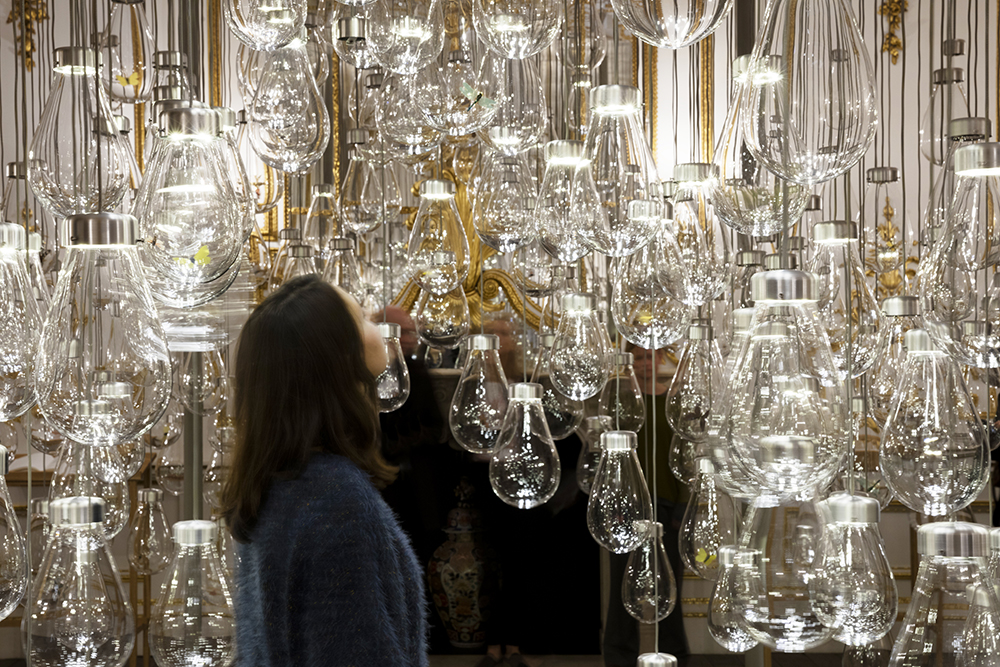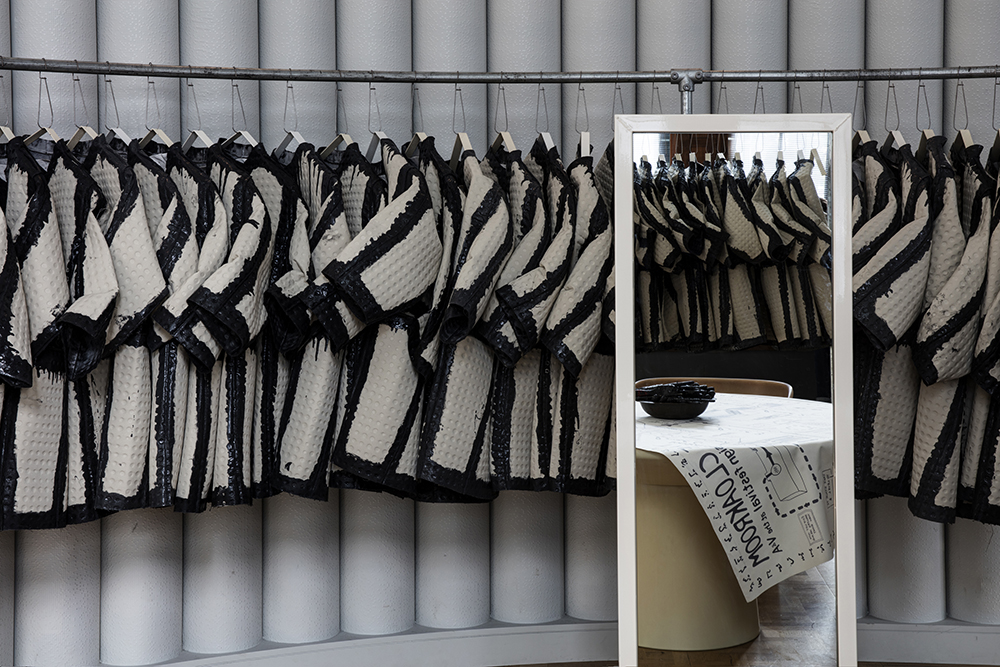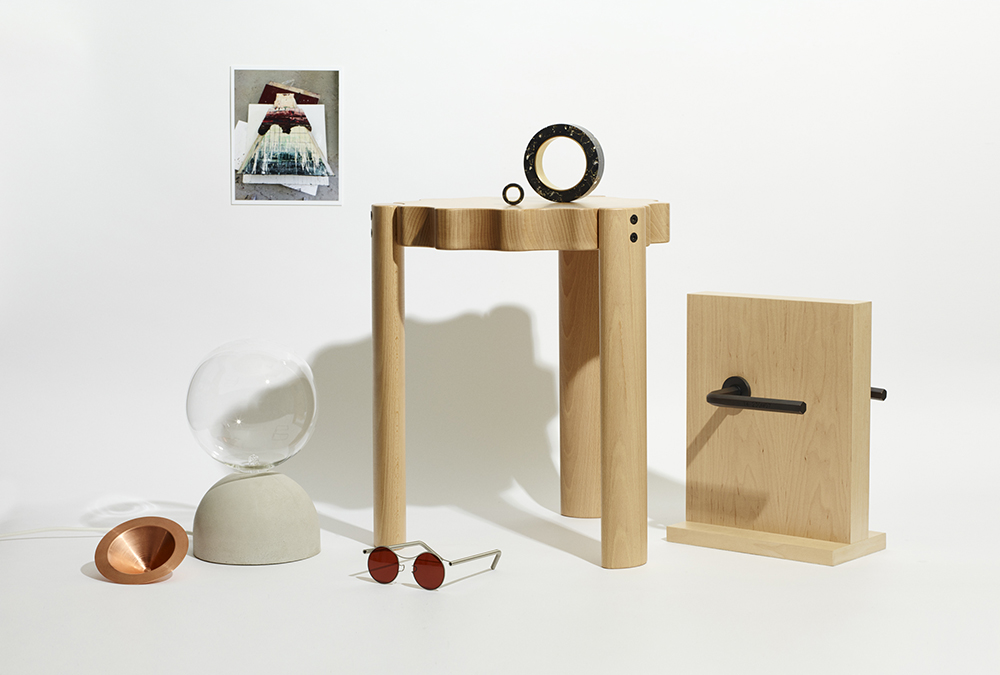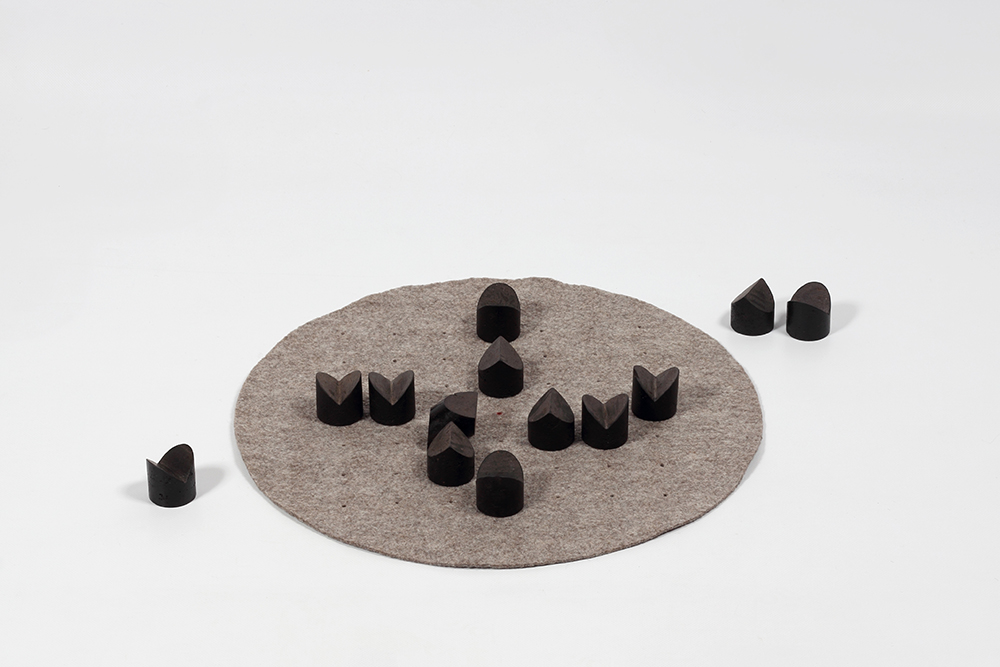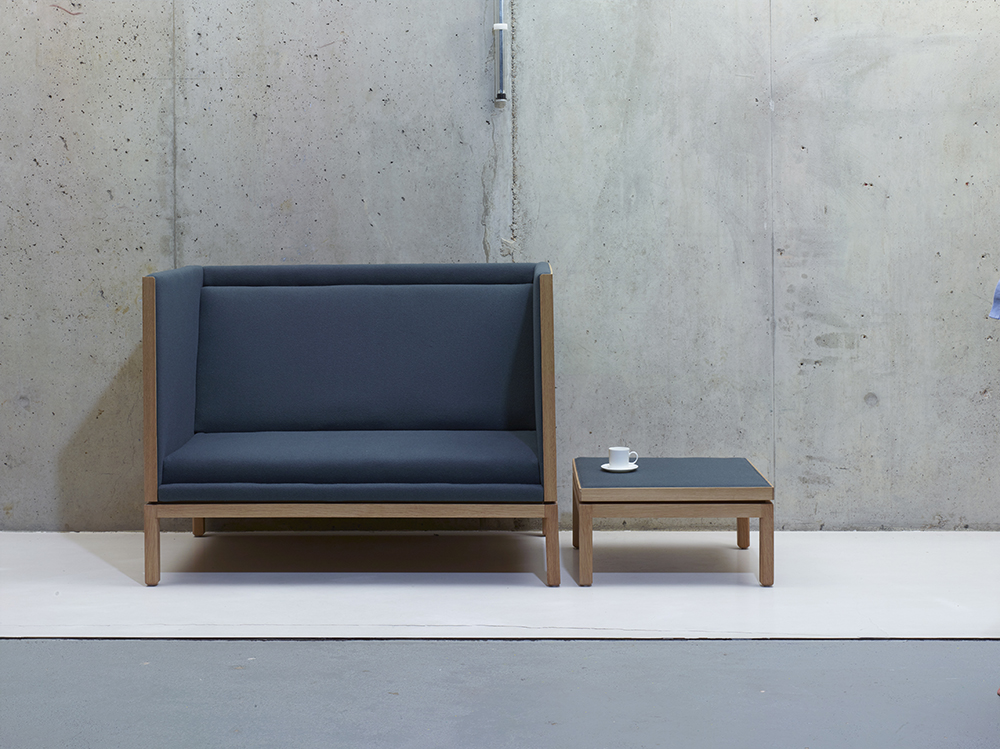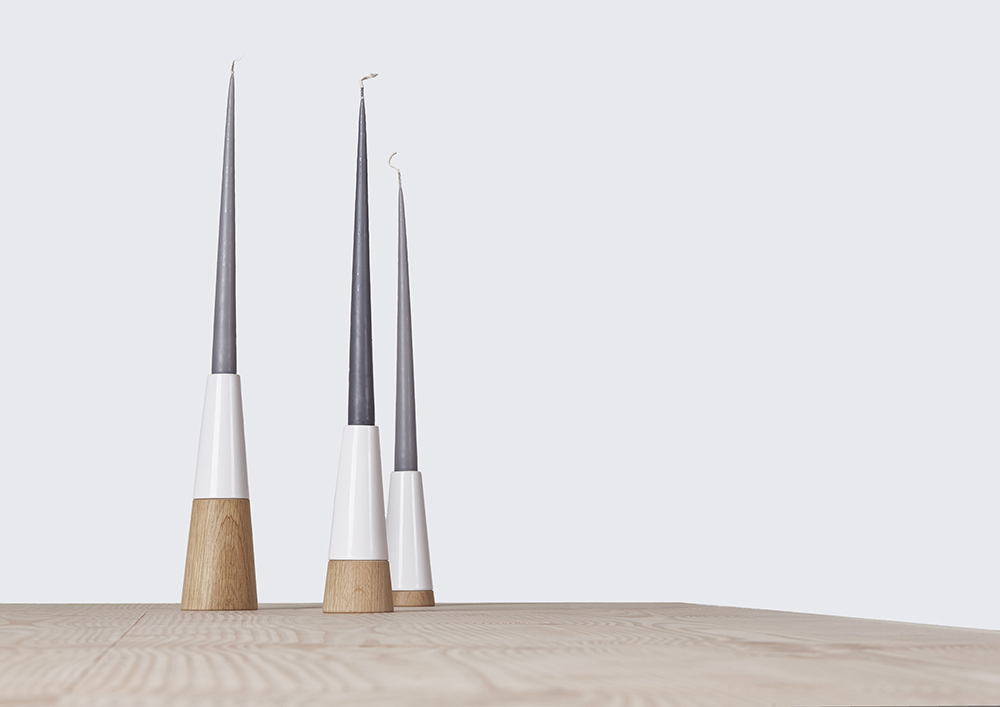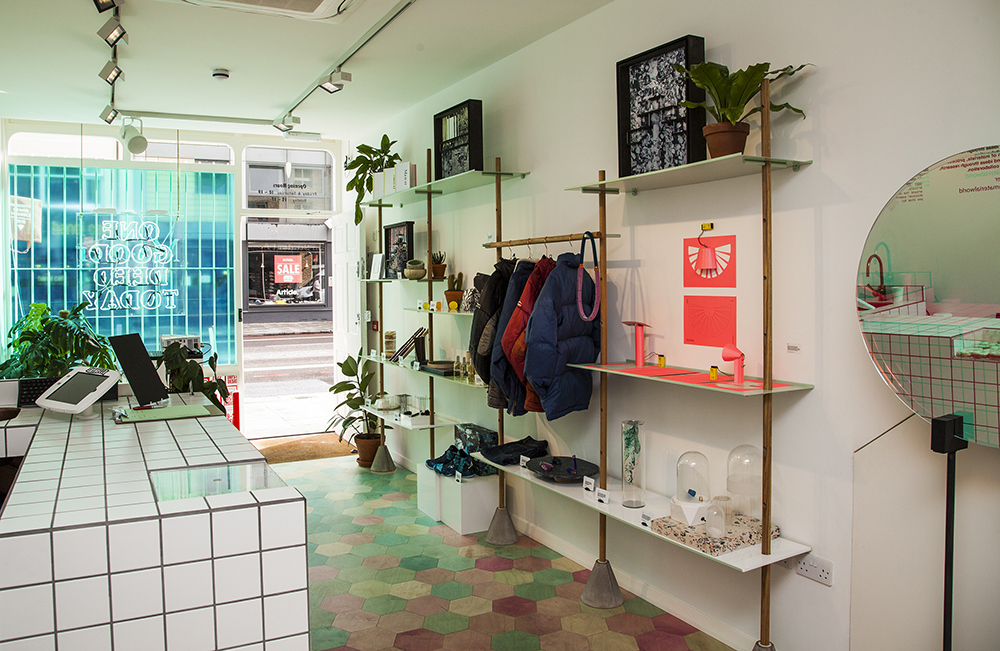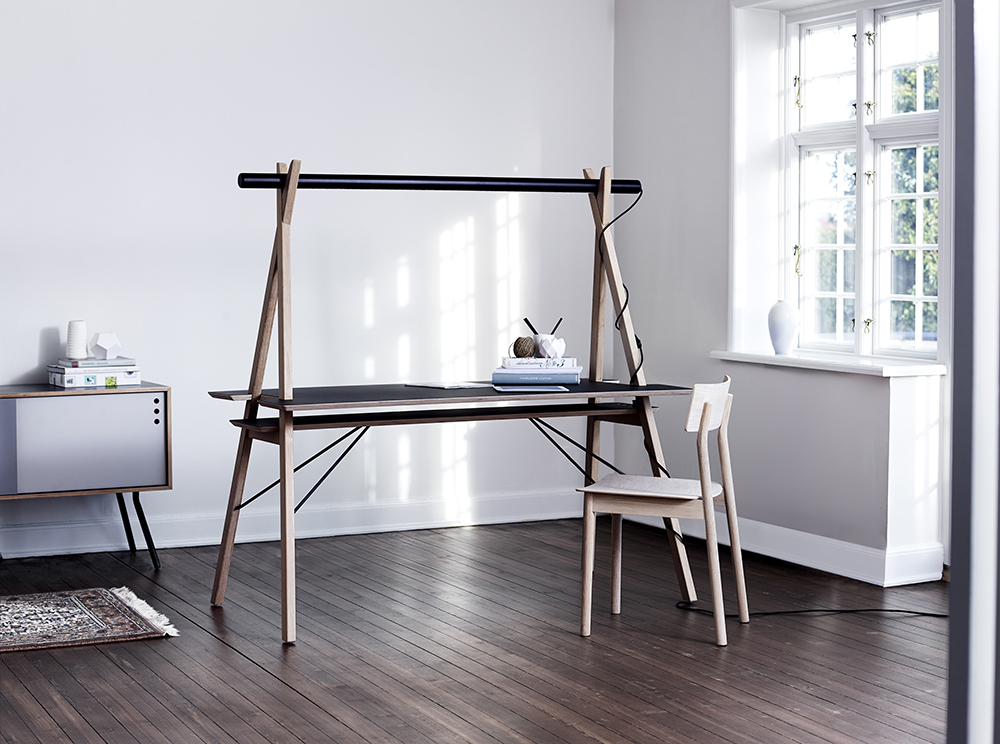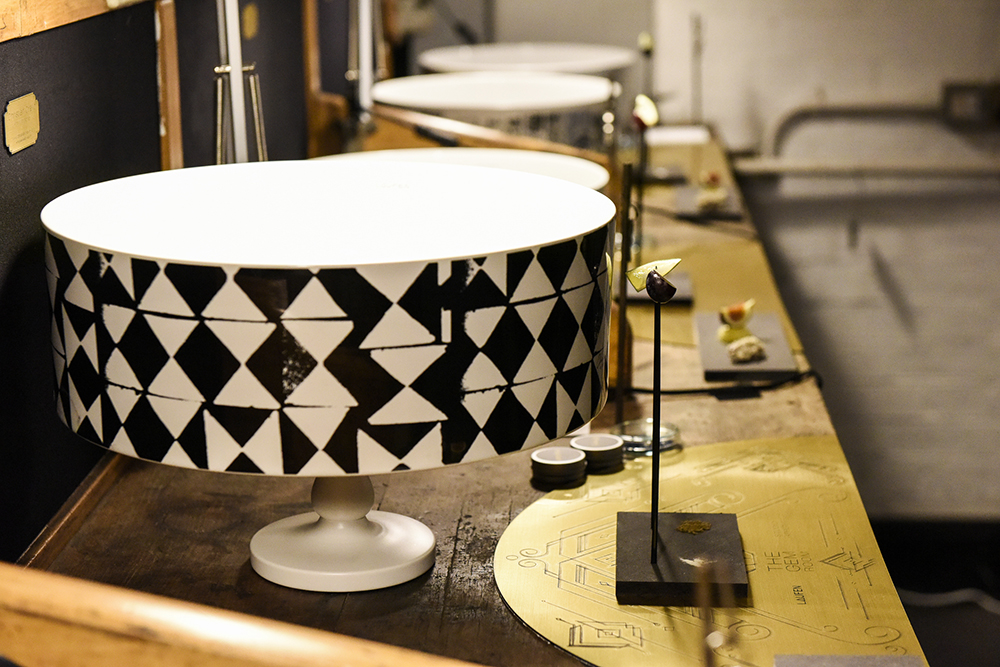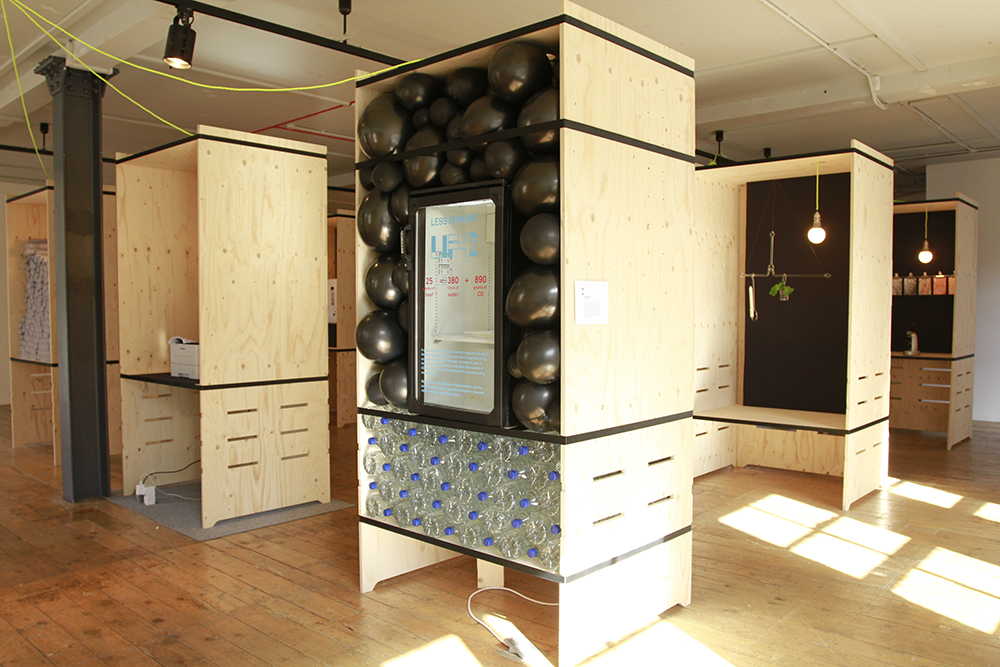Revealing an honest and raw side to the Irish Traveller community, the photographer shares the details behind his powerful series
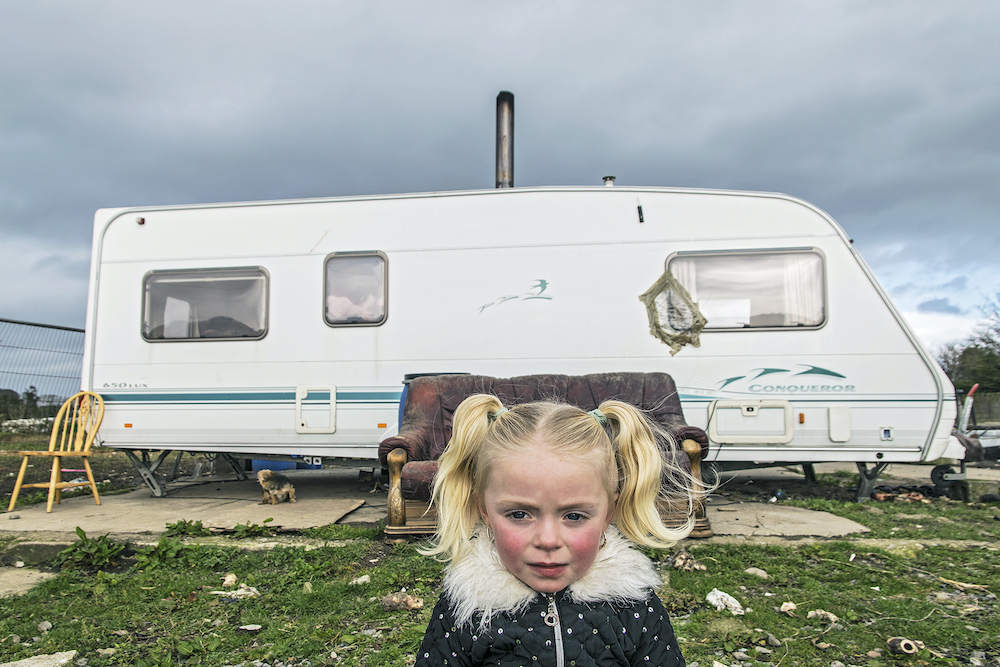
A fire burns behind two girls as they pose for the camera, cosied up in matching puffer jackets with an unmissable fur trim. The sky is grey, bleak almost, and you can see the signs of industrialisation poking out in the background. Another image portrays a young bride sitting with her great grandfather, just moments after the event. Her hair is big, her dress is as white as starlight. A further picture sees a young boy in boxing gloves, gesturally strong as he dons a look of pyjama bottoms and wellies.
These are some of the scenes depicted in Joseph-Philippe Bevillard’s Minceirs, a powerful series that lenses the lives of the Traveller community in Ireland. Born in Boston, USA before moving to Ireland in 2000, he started work on the project after hosting a workshop that focused on Travellers – Russell Joslin from Skeleton Key Press in Oslo, Norway, then contacted him about the work and they spent nine months sifting through 750 images, selecting the 90 best. “We wanted to show the readers the hidden world of the Travellers in Ireland,” he tells me, who are a community continuously ostracised by society and people across the globe. He went on to meet 200 families in total and, proving the falsity of many claims and assumptions about the community, learned that they are “very humble” people who mostly wanted to keep living traditionally in an increasingly modernised world. “I wanted to capture their way of life before it disappeared; Irish government are trying to force them to live with settled people and lose their identity and lifestyle.”
The resulting imagery is chaotic just as much as it endearing, like a window has been edged open to reveal a lifestyle in all its raw and undulated honesty. Joseph-Philippe shows the human side of the community, which is a skill that’s been refined since he lost his hearing at the age of three. It was around then that he first started drawing and painting, and thus began what would become a lifetime filled with art and storytelling. Below, I chat to Joseph-Philippe to hear more the project.
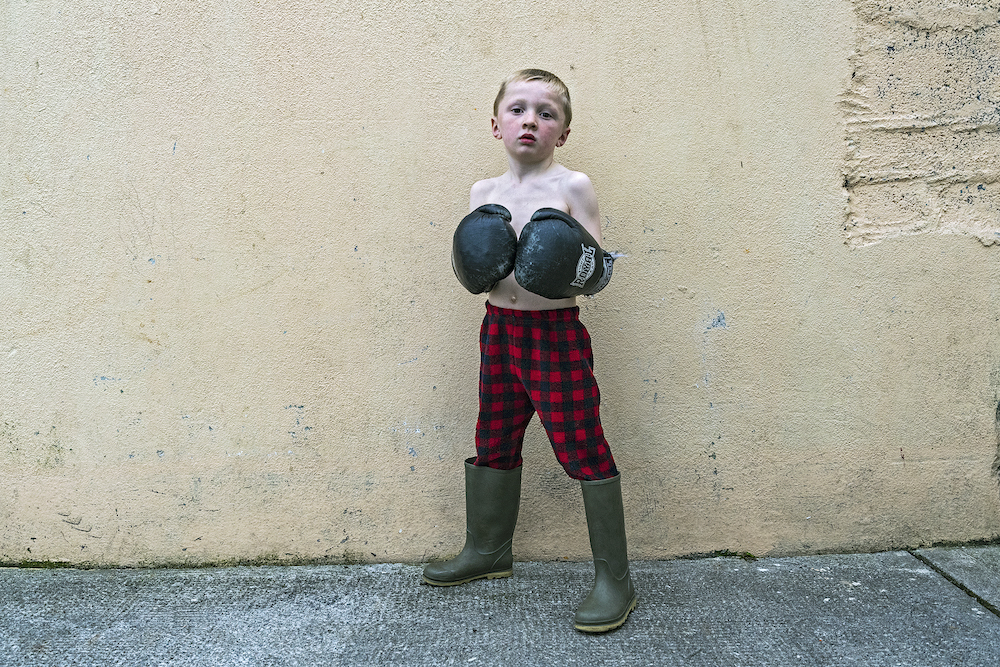
What can we learn about this community, and how did you want to portray them within your imagery?
I hope my images give a glimpse into the lifestyle of the travelling community; I show their hardships, culture and how important family is to them. I try to portray it honestly, where some Travellers live in extreme poverty, while others have made a better lifestyle and love to celebrate life and all occasions.
What was the process like while photographing this project?
I am very lucky to live in an area where it’s not far from many Traveller campsites, where some are my favourite places and are easily a day trip by car. Sometimes, if it’s over a two hours’ drive, I’m heading to a late-night event like a wedding, or when I have a workshop or a private tour, I would be on the road for one or two weeks. So that is when I would stay in a hotel or B&B.
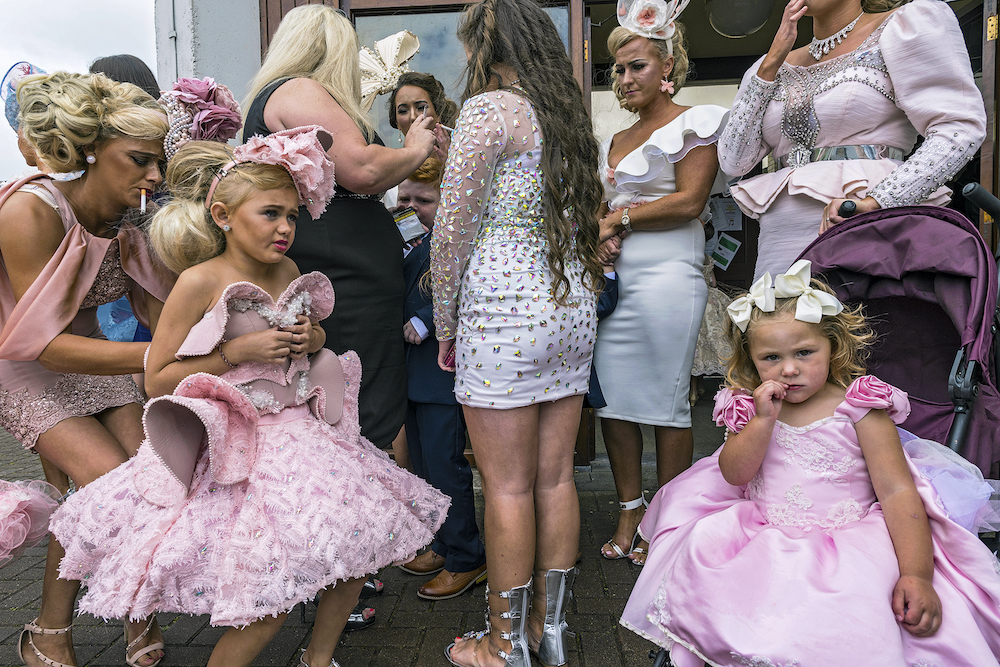
What was the relationship like with your subjects, did you spend much time getting to know them?
It was difficult at first since being deaf in both ears; communicating with them was awkward but once I started taking pictures and showing them the photographs, they trusted me and brought me to meet other members and clans. Photographs are so important to them. Their photographs from the past are often damaged or missing from moving place-to-place and living in damp and cramped caravans. They said I am always welcome and greeted me with tea and food, and even offered me a bed to sleep. Most importantly, they know I don’t work for the media or the government as they feared they will portray them as bad people.
What’s your main goal with Minceirs, are you hoping to change the negative stereotypes associated with Irish Travellers?
I wanted to show that the Travellers are not bad people. Since they are made up of one percent of the Irish population, they are often demonised by society, and Travellers are often helpless and voiceless. Like any society in the world, when one person commits a crime, they are painted with one brush. For the past 12 years, I have visited their campsites unexpectedly and I have not witnessed any illegal activities. Boys and men were always working with the horses, the women clean their homes, looking after the babies and the children were always playing outside.
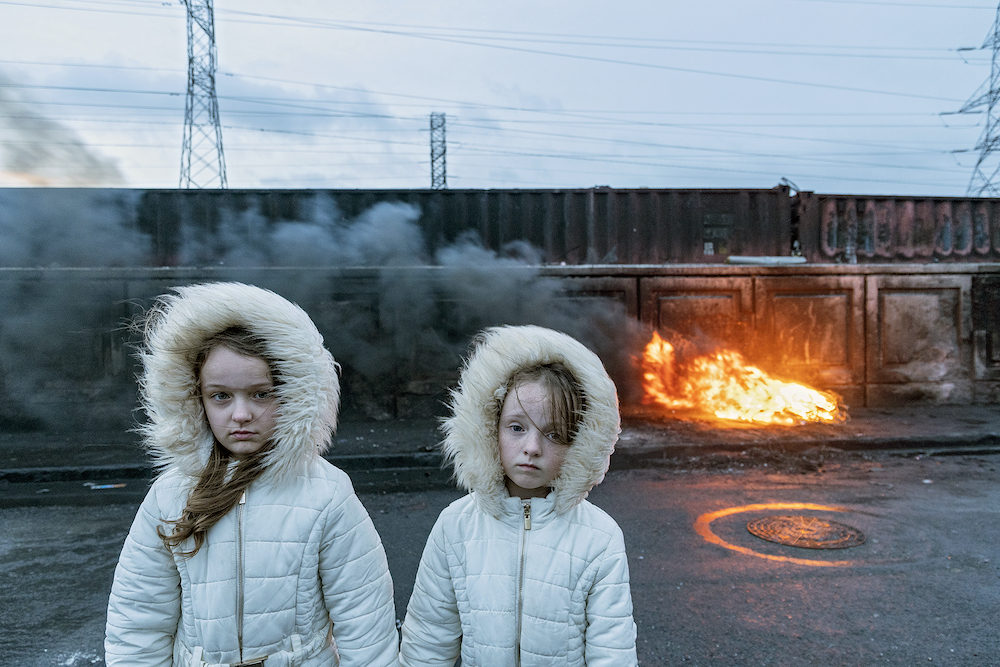
What’s next for you, any upcoming projects?
I am continuing to document the Travellers for the rest of my life. Currently and for the upcoming future, I am working on several themes related to the travelling communities. For the past year I have been focusing heavily on the fashion side of the travelling communities, as I find them very elaborate and colourful. Some of the girls have hair almost reaching their feet and start wearing makeup, high-heeled shoes and pierced earrings as young as three to mimic their mothers and older siblings.
My other themes are focusing on specific families or a campsite. I wanted to capture the transition of the children’s future and what became of them once they leave school at around 15 years of age. Most boys end up working with their father, looking after the animals and working with scrap metal and wood. The girls help their mother, looking after the younger siblings, the disabled and the elderly. Most are married from the age of 16 to 18 and tend to have many children. They are a very tight knitted community and are always looking after each other. This is because it is difficult for a Traveller to gain employment due to discrimination.
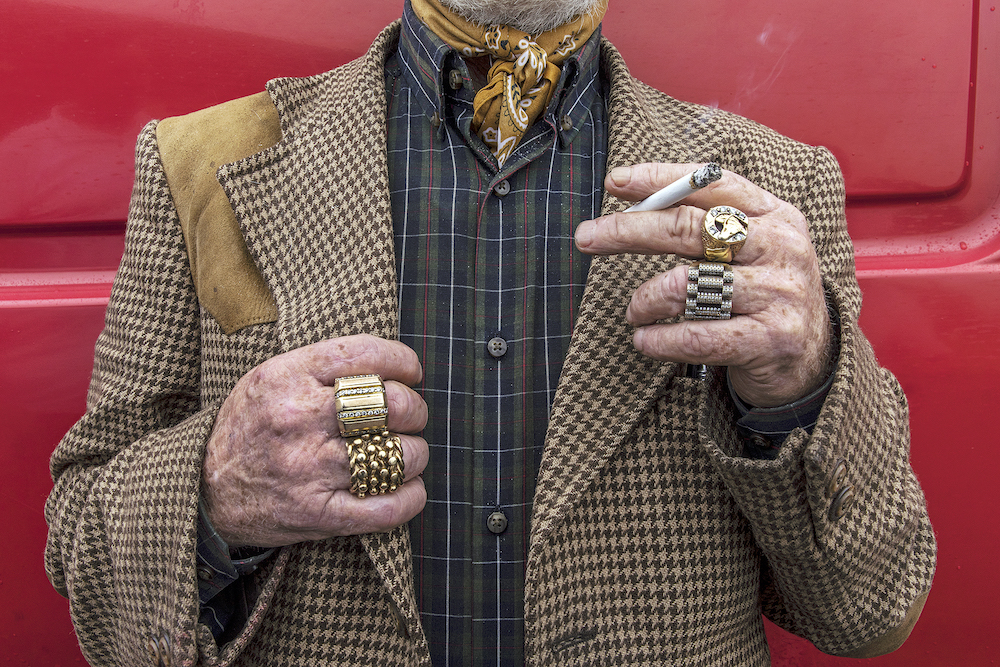
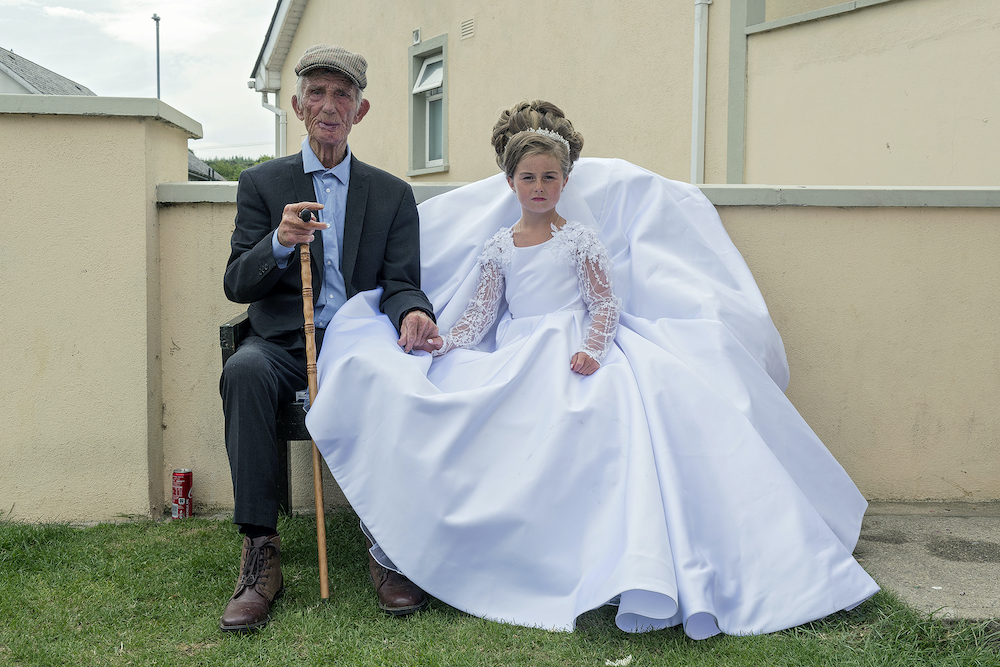
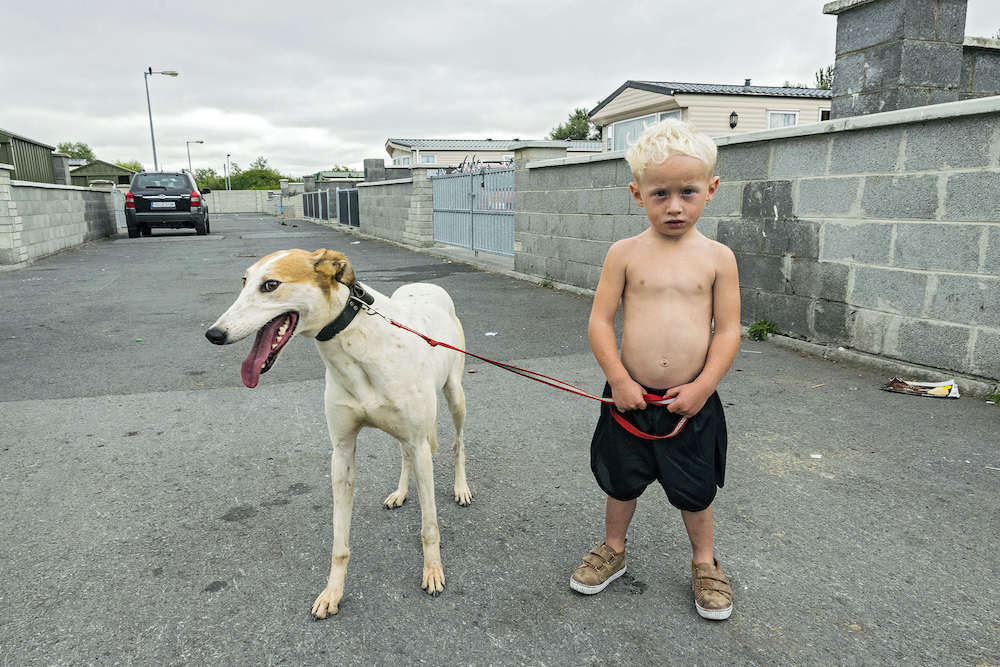
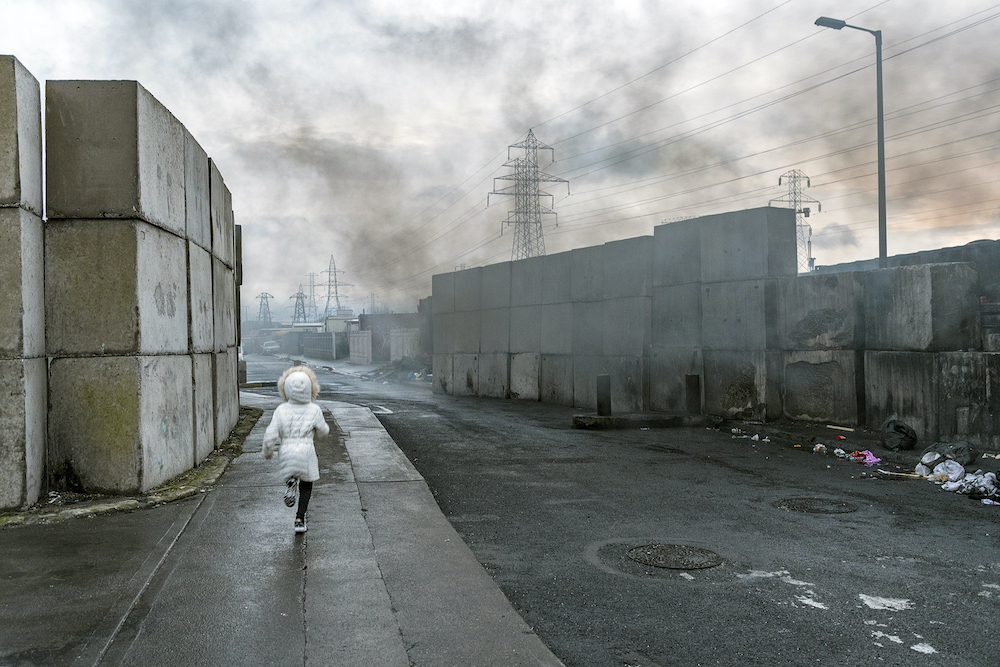
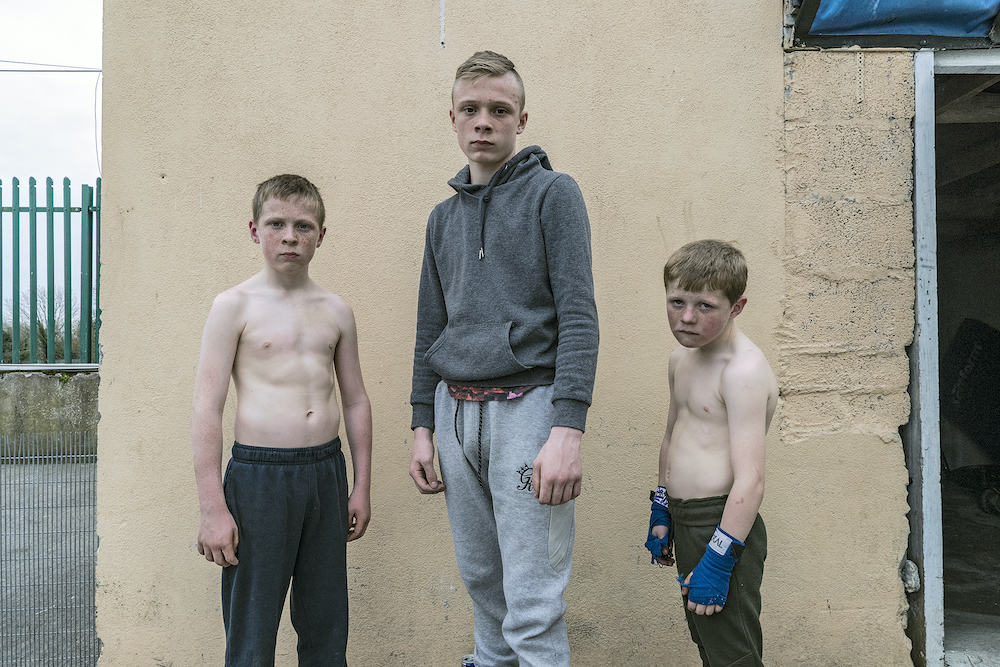
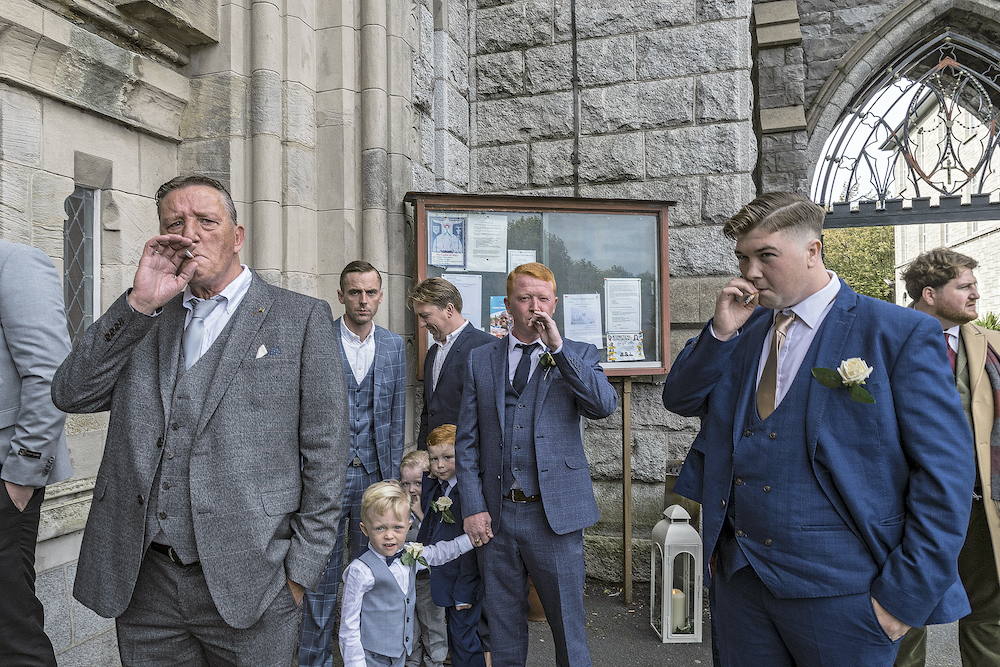
Joseph-Philippe’s Minceirs is available from Setanta Books
